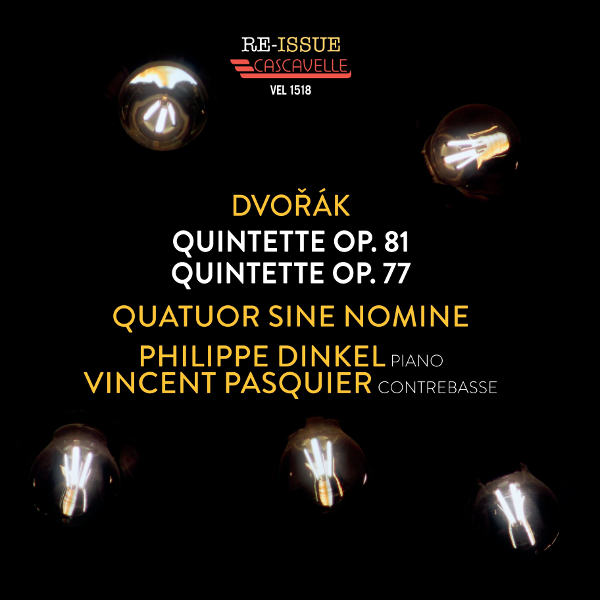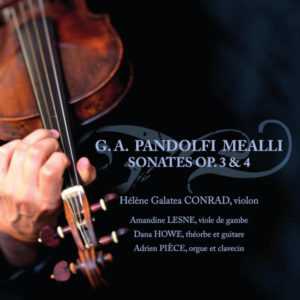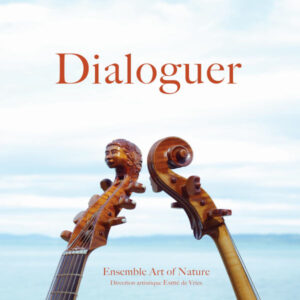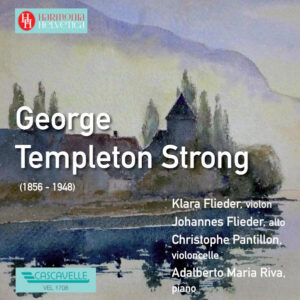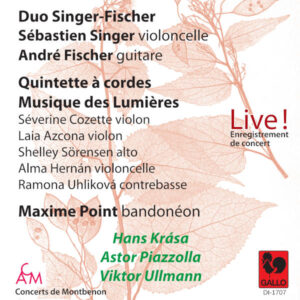Extraits / Excerpts
ANTONIN DVORAK : PIANO QUINTET NO. 2 IN A MAJOR, OP. 81 – STRING QUINTET NO. 2 IN G MAJOR, OP. 77
Antonín DVORAK : Piano Quintet No. 2 in A Major, Op. 81, B. 155 – String Quintet No. 2 in G Major, Op. 77, B. 49
Quatuor Sine Nomine : Patrick Genet, François Gottraux, Violins – Nicolas Pache, Viola – Marc Jaermann, Cello.
Philippe Dinkel, Piano – Vincent Pasquier, Double Bass.
In Dvořák’s complete work, his Chamber Music has an importance comparable to that of his patron, Johannes Brahms : the numerous works, often on a large scale, mark evenly the
path followed by these two composers, offering the listener the image of intimacy, subtelness and sensitivity and at times almost the power of a symphony.
It is interesting to note the almost complete absence of any work of importance written by Dvořák for two instruments only (the exception being the famous sonatina for violin and piano, various arrangements or the works intended for immediate orchestration) and the relatively larger part filled by chamber music without piano – notably the fourteen quartets for strings. on the other hand, Brahms’ double heritage from Beethoven and Schubert appears to favour Schubert in the case of the Czech composer : in accordance with the classical tradition, the themes are used rather for their lyric charm, often coloured by allusions to Slavonic folklore, than for their architectural qualities.
The Quintet for Piano and Strings in A major op. 81 is, in contrast with the very early works, of great maturity. Written in 1887 at the age of 46, it marks the period of Dvořák’s first great international successes in Austria, Germany and Great Britain in the field of symphonic and religious music. The first movement opens with a long, dreamy phrase on the violoncello accompanied by the piano. A powerful tutti amplifies this beginning before the violin and the piano take over. Later on, after a hesitant start, the development leads into an
energetic play of contrasts between the piano and the strings. The dreamy tone of the first theme disappears in a triumphant re-exposition and is extended into
an intense and jubilant coda.
The Dumka of the second movement is cast in a rather divided form, rich in textual repetitions, providing Dvořák with the opportunity of rapid contrasts of colour. The initial motto of the piano leads immediately to a melancholic double theme on the viola and the piano ; it contrasts with a section in major of great tenderness. The piece revolves symmetrically around the central part which is linked to a savage “Furiant” anticipating the third movement while the coda, sombre and mournful, descends inexorably into low notes.
The third and fourth movements incorporate more Beethovenian elements than the first two, such as the gigue rythm at the beginning of the 7th Symphony (also in A major) in the “Furiant”, and the dotted rhythm of the first movement of the 5th Piano Concerto in the Finale. A frenzied scherzo contrasts with a trio with adventurous modulations and the sonority of a harmonium recalling the «Bagatelles” of 1878. The last movement returns to the first through the range of its architecture (a great rondo-sonata with central fugato), by the subtle thematic reminders as well as through the variety of its textures and instrumental colours which make it oscillate between dance and lyricism before culminating in a brillant coda.
The String Quintet in G major, op. 77, dates from 1875. At the age of 34 (in 1873, the year of his marriage), with his patriotic cantata “The Heirs of The White Mountain”, Dvořák met his first great success and won, for the first time, the Austrian State Grant in 1874, awarded by a jury that included Johannes Brahms and Edward Hanslick. Soon it was to be published by Simrock and his emerging international fame enabled him to relinquish some of his teaching engagements. (Meanwhile, the quintet had to wait until 1888 for its first performance in a revised form in Berlin.) The presence of a double-bass is unusual in the history of this genre, dominated by the combination of two violins, two violas and violoncello (as in Mozart’s and Brahms’ string quintets as well as in Dvořák’s opus 97), Schubert’s “Quintet with two violoncellos” being an exception. The supporting role of the double-bass allows the cello to multiply the lyric flights, where as the strength of the basses provides an almost orchestral effect.
Philippe Dinkel
(Translation: Felix Allender)
- Categories
- Composers
- Interprets
- Booklet
